George Floyd's death in police custody has sparked nation-wide protests, with questions being raised on racial justice and identity in American society
Much like many events of historic proportions unraveling one after the other, for the United States, the biggest race protests in its history and the worst public health crisis came together.
First came the coronavirus pandemic. Infections in several US states began to rise rapidly. Critics have said it was the Donald Trump administration and their inability to act rapidly on the looming public health crisis that is to be blamed. State administrations began to order lockdowns, but some of them were too late.
The hardest hit country in the world by the virus, US has recorded over 1.85 million cases and over 107,099 deaths. On June 4, the country recorded over 919 virus-related deaths— a number that indicates the virus is abating in the US.
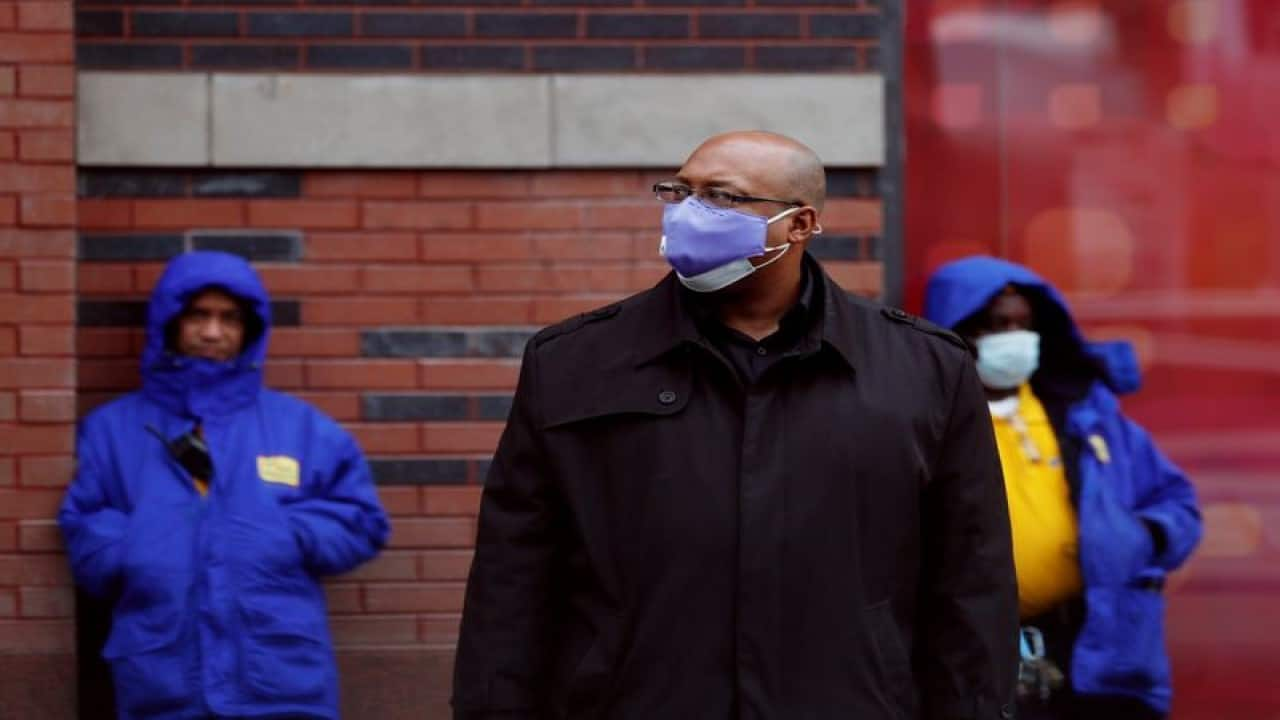 Source: Reuters
Source: Reuters
The pandemic rendered a number of people jobless. April's unemployment rate in the US jumped from 4.4 percent to 14.7 percent, with some reports indicating that it could even exceed 20 percent. A whooping 38.6 million people have filed for unemployment, Forbes has reported— that's more than the combined population of 21 states, the report states.
One among those millions rendered unemployed due to the pandemic was George Floyd, a resident of Houston, Texas. According to reports, Floyd was an ordinary man trying to get his life back in order. But his name and what happened with him has become a clarion call for protesters across the US— and, indeed, the world— to gather and demonstrate against racism, and, in general, the way American society has been structured, and has come to function.
But who was George Floyd and what happened to him?
Floyd was a 46-year-old who had, until recently, been working as a restaurant bouncer in Minneapolis. Some reports state that he was also working as a truck driver. He had lost his job because of the pandemic, and reports suggest that he loved his job— particularly the hugs that came with regular customers.
In 2007, Floyd was charged with armed robbery, and, two years later, he was sentenced to five years in prison as a part of plea deal.
Floyd was also the father of a six-year-old, who went viral in a video recently saying her father "changed the world".
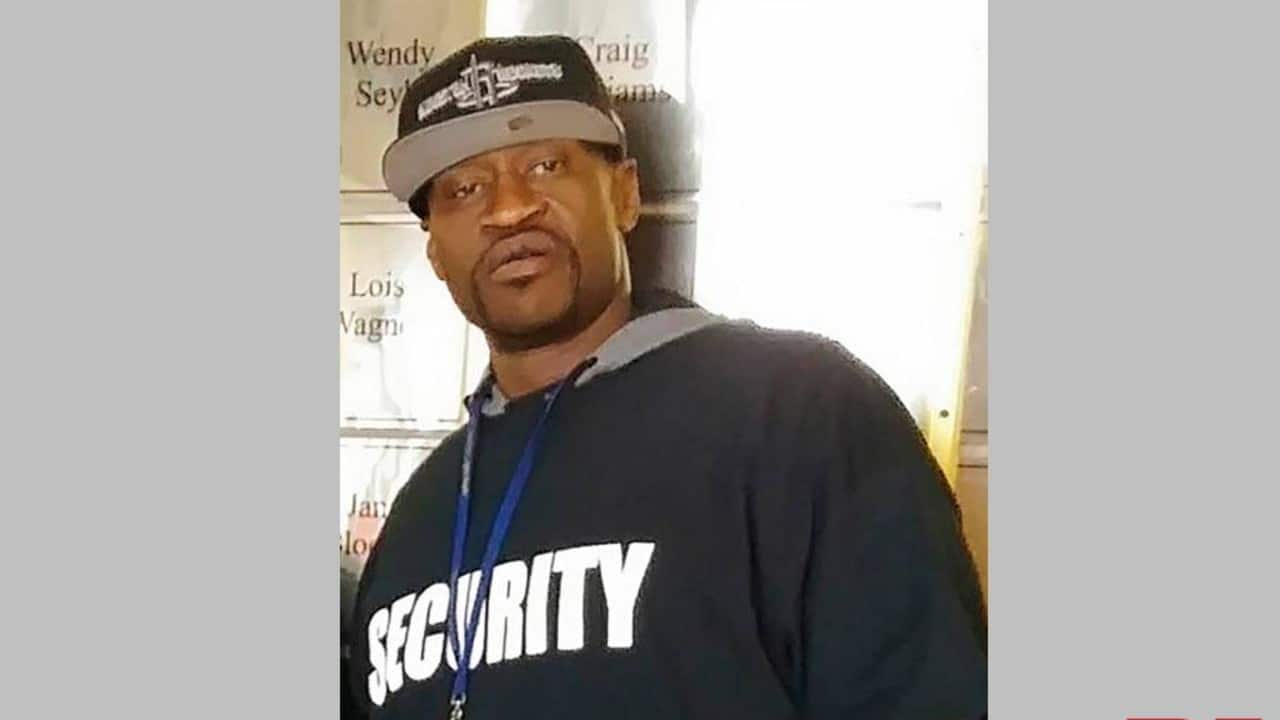
George Floyd (Associated Press)
On May 25, Minneapolis police officers arrested Floyd after a deli employee called 911 and alleged that he had bought cigarettes with counterfeit $20 bills. About fifteen minutes after the police arrived at the scene, Floyd was dead. A video, which later went viral and was the spark for the nation-wide protests, shows a white police officer with a knee on Floyd's neck even as he is handcuffed, and constantly telling the officers he is unable to breathe.
Videos that publications like The New York Times have gathered from CCTV footage and witnesses show that Floyd, even as he was pulled out of his car, is in distress, and he crashes even as he is being taken to the police car. According to these videos, Floyd is seen trying to address the police officers and tell them that he is claustrophobic and that he cannot breathe.
The videos shot by witnesses show about four police officers now over Floyd, who is laid out on the ground. They are, according to the NYT, applying pressure on Floyd's neck, torso and legs. In another video, shot from a different angle— and after the police has called for emergency medical assistance— one of the officers, Derek Chauvin, can still be seen applying pressure on Floyd's neck.
"What do you want?" one of the officers asks Floyd, who then responds saying, "I can't breathe. Please, the knee in my neck. I can't breathe."
"Well, get up, get in the car, man," one of the officers is heard saying in the video. To this, Floyd says he will, but the officer doesn't move. The officer then repeats, and Floyd responds by saying he can't move and then is heard gasping.
The bystanders are heard telling the officer to "get off him". They could also be heard telling the officers that he is "not moving", with one of the bystanders telling an officer to "check his pulse".
Even after the medical teams arrive, they have to tell Chauvin to take his knee off of Floyd. Eventually, Floyd suffers a cardiac arrest and is pronounced dead at a nearby hospital around 9:30 pm.
Who were the officers?
It is important to understand the officers who were involved in the incident, and their history in the police department— for which they haven't exactly received medals.
For instance, Chauvin has had 18 complaints on his official record. Two of out of these complaints ended with discipline from the department, according to reports. He has also been involved in three police shootings, one of which turned fatal.
According to an Associated Press report, both Floyd and Chauvin worked as security guards for the same Latin nightclub— Chauvin working there when he was off-duty— though it isn't clear if they knew each other. Moreover, according to the club's former owner, the officer's tactics on unruly customers during what she described to AP as "African American" nights led her to speak to him.
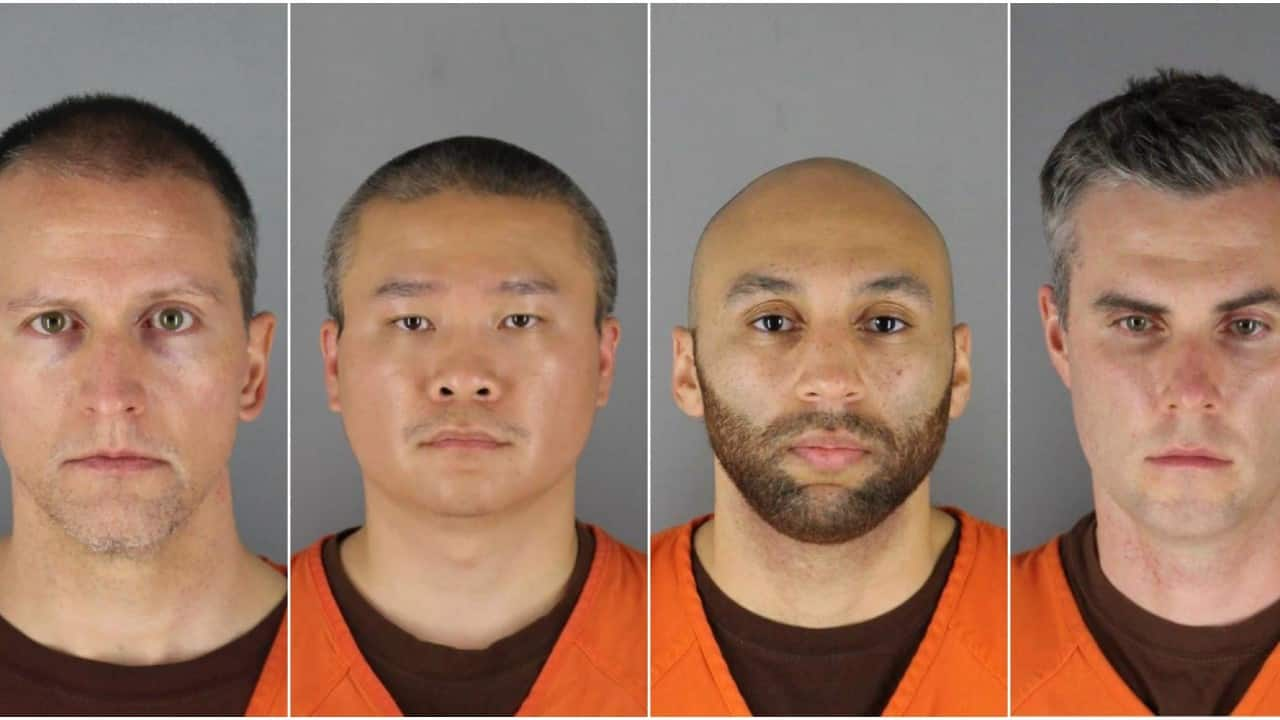
The other officer seen prominently in the videos is Tou Thao, against whom six police complaints have previously been filed. He was also accused of brutality in 2014 while arresting an African American man. That was settled out of court.
The other two officers, J Alexander Kueng and Thomas K Lane, do not have any official complaints against them.
The aftermath
The aftermath of Floyd's death can be sorted into two obvious divisions: the legal proceedings against the officers, and the social outrage over the custodial killing.
Protests in Minneapolis started a day after, on May 26, when the place in front of the store where Floyd died was turned into a memorial for him. A crowd, believed to be in hundreds, then proceeded towards the third Precinct of Minneapolis Police.
The police had erected barriers to stop the protesters, but soon enough they had dashed for safety while the Precinct's building was torched with chants of "No justice, no peace" and "I can't breathe" ringing through the air. Soon, other areas of the city, too, were under the grip of violence and anger as buildings went up in flames.
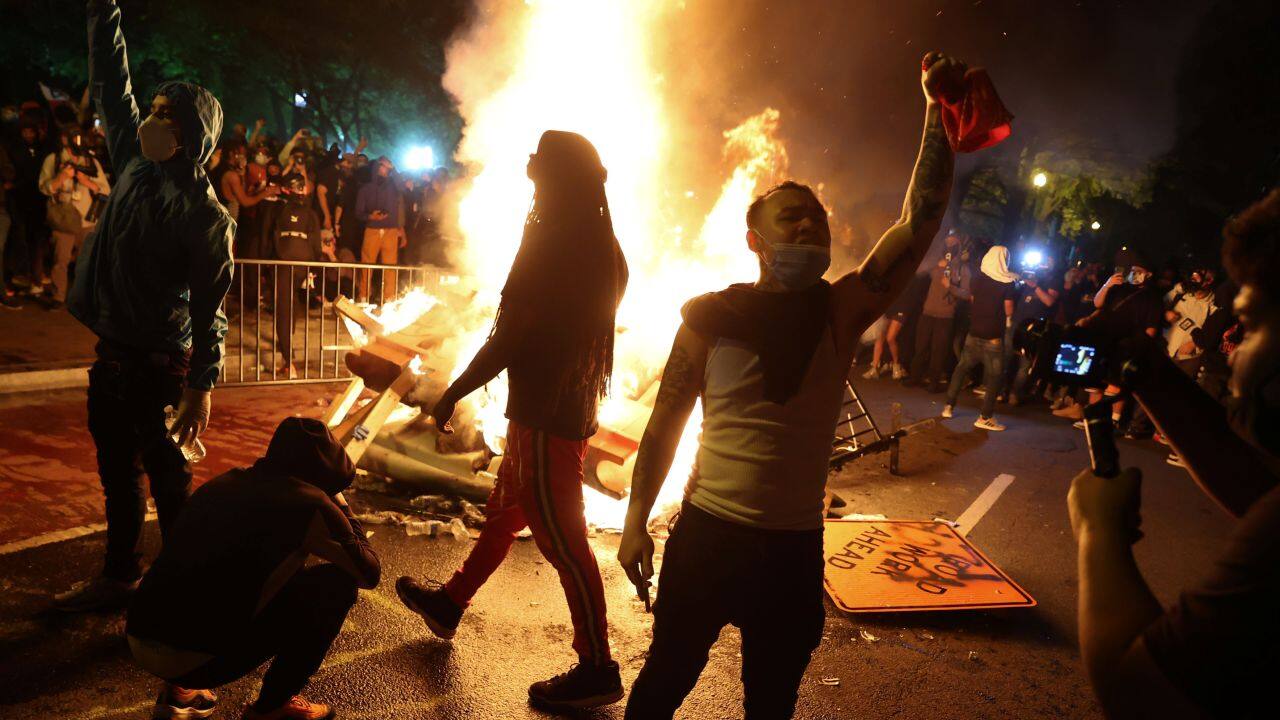
(Image: Reuters)
"That cop suffocated George Floyd right there on camera for everyone to see. It was like strangling him with his bare hands. He knew people were watching. He knew he was being filmed. He carried on because he had that mindset that the police can kill us and there ain’t nothing we can do about it," Brian Long, one of the demonstrators, told The Guardian.
Protests — some peaceful, others violent — broke out in other cities as well. Videos on social media also showed instances of rioting and vandalism. Other videos showed many of those who had gathered for genuine demonstration against Floyd's killing trying to stop the looting and the violence.
"Our power is in our pocketbook, not burning down the buildings we need," Kim Edwards, a protester in Minneapolis, told the looting crowd. There were those who advocated peaceful protests, but a counter to that rose up stating peaceful protests have never achieved anything. Instances where sportsmen had 'taken to the knee' before were also cited as an example where protesting peacefully, particularly in the time of Donald Trump's administration, does not lead to any change.
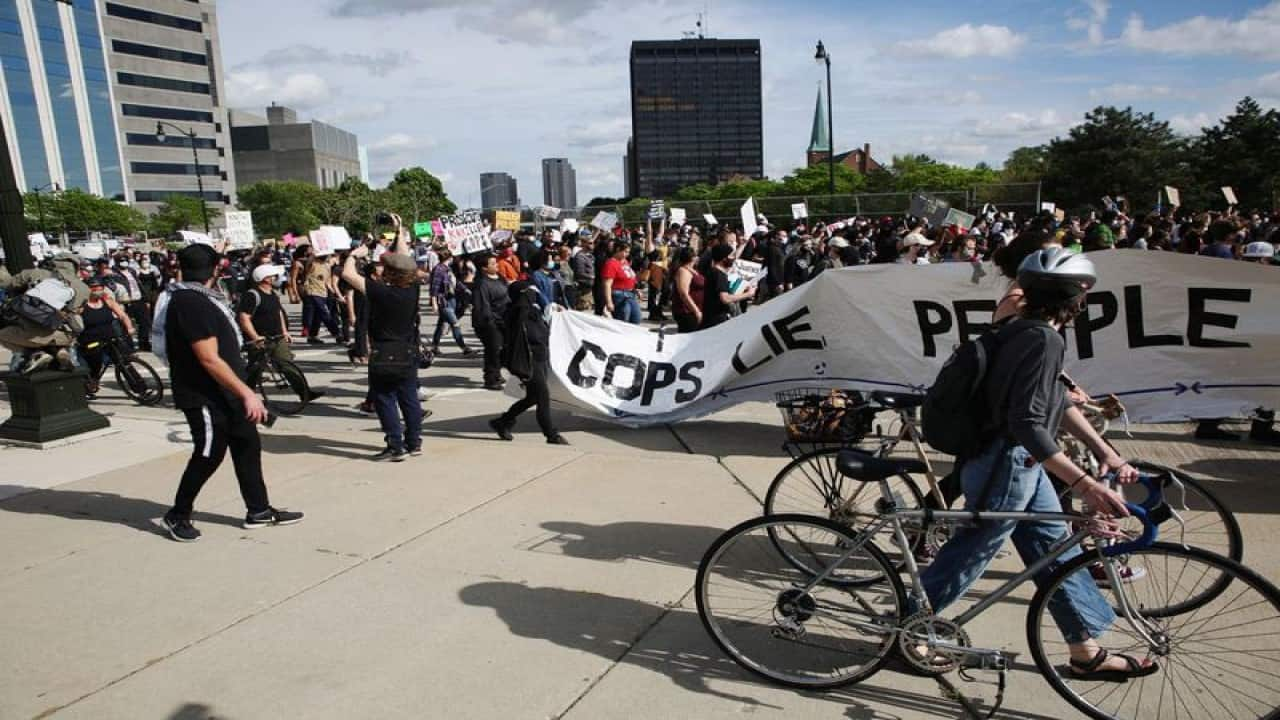
Even where the demonstrations were peaceful, allegations have been made of police brutality and aggression against unarmed protesters. For instance, one demonstration in Houston's East End, where demonstrators had gathered along with Floyd's family in thousands, was cut short by the police.
According to the report, published on New Yorker magazine's website, even though there was no curfew in Houston— Floyd's hometown— the police had started telling the marchers to disperse, and while most did, some didn't, prompting violence.
Other cities, like New York and Washington DC, too, began reporting clashes during demonstrations. The US capital, in fact, was another example of how a peaceful protest suddenly took a violent turn — to the extent that Trump had to be rushed into an underground bunker for protection. He later suggested that dogs and weaponry was waiting, ostensibly for protesters, inside the gates.
Trump later also suggested that his supporters stage a rally of their own.
Protests have reportedly erupted in every US state, and curfews have been imposed in over 40 cities across the country. On May 30, at least 12 states called up the National Guard to contain the demonstrations. On June 2, Trump threatened to send in the army to quell the protests, saying if cities and states failed to control them, he would deploy the army and "quickly solve the problem" for them.
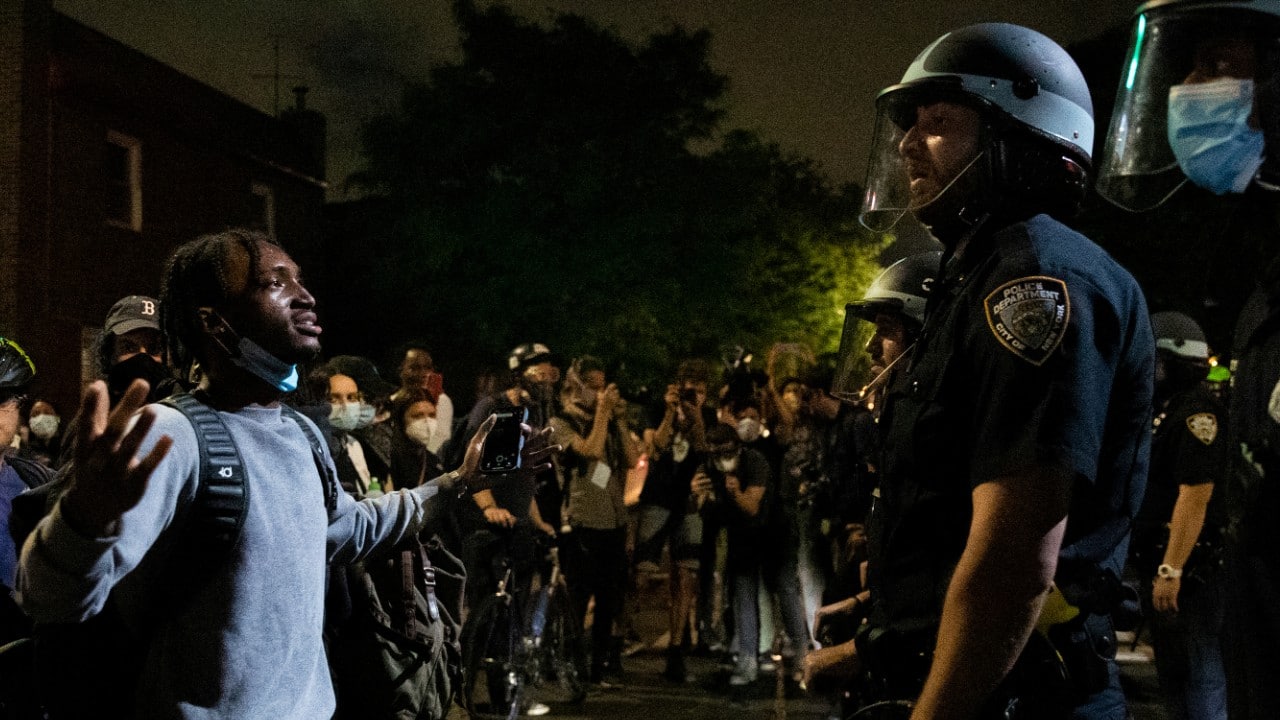
Meanwhile, as far as the four officers were concerned, they were sacked. New charges have also been announced against them, with Chauvin's being elevated to second-degree murder. Earlier, he had been charged with third-degree murder and second-degree manslaughter.
The other three, who were not charged before, now face charges of aiding and abetting murder.
Reactions, and the debate on definition of justice
Reactions to Floyd's death were wide-spread. Several companies and brands, including Nike, Facebook, Citibank, Grindr and Netflix, among many others, weighed in and called for equality and end to racism, with the message of "Black Lives Matter" echoing through their solidarity campaigns.
Former US Presidents Barack and George Bush, too, condemned Floyd's custodial death. Nations, including Canada, China, Russia and Iran, among others, condemned the killing in official capacities.
And, even as Floyd family lawyer Benjamin Crump said the announcement of charges against the four police officers "is a significant step forward on the road to justice", many of the protesters and experts have asked just what justice truly means in the aftermath of Floyd's death.
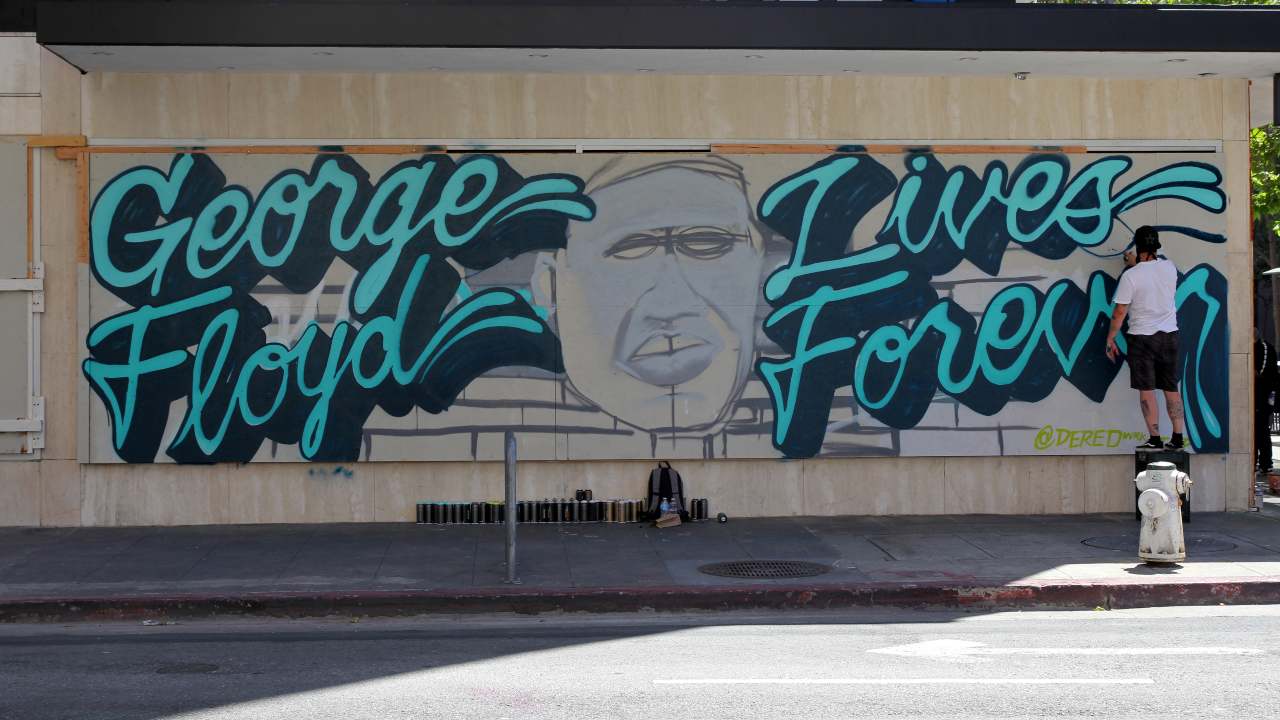
Critics have pointed out that many African Americans have lost their lives to racial and police violence in recent weeks. Breonna Taylor, an essential worker providing health care, was shot by the police inside her home by Louisville Metro Police Department after an alleged exchange of gunfire between Taylor's boyfriend and the police.
In February, Ahmaud Arbery was shot fatally, allegedly by a white man who had used a racial slur after shooting him, reports suggest. That incident is now being investigated as a hate crime.
Then there's the video of Amy Cooper, who was in New York's Central Park walking her dog— who was unleashed— even though the part where she was in, Ramble, requires dogs to be leashed. When Christian Cooper (no relation), a bird watcher, pointed it out to her, she refused to do anything about it. As Christian took out some dog treats, Cooper reportedly started to panic and told him that she will call the police saying "an African American man" is "threatening" her.
She eventually did call 911, and told them that an "African American" man "is recording me and threatening me and my dog". This incident, where an unarmed black man was doing mundane things in a park and yet was seen as threatening, is what a lot of critics point to when they fault the American system's structure. The fact that it is skewed, experts say, is what makes the concept of "justice" so complicated.
These ideas have been expounded before, in songs such as 'This is America' by Donald Glover (aka Childish Gambino), the album 'To Pimp a Butterfly' by Kendrick Lamar and novels like The Sellout by Paul Beatty. In 'This is America', Glover sings of the black man being "just a barcode"— and the protests and demonstrations at this point in the US, some have observed, are a struggle to get out of being just that, and pitch a more rounded debate on identity in modern America.













